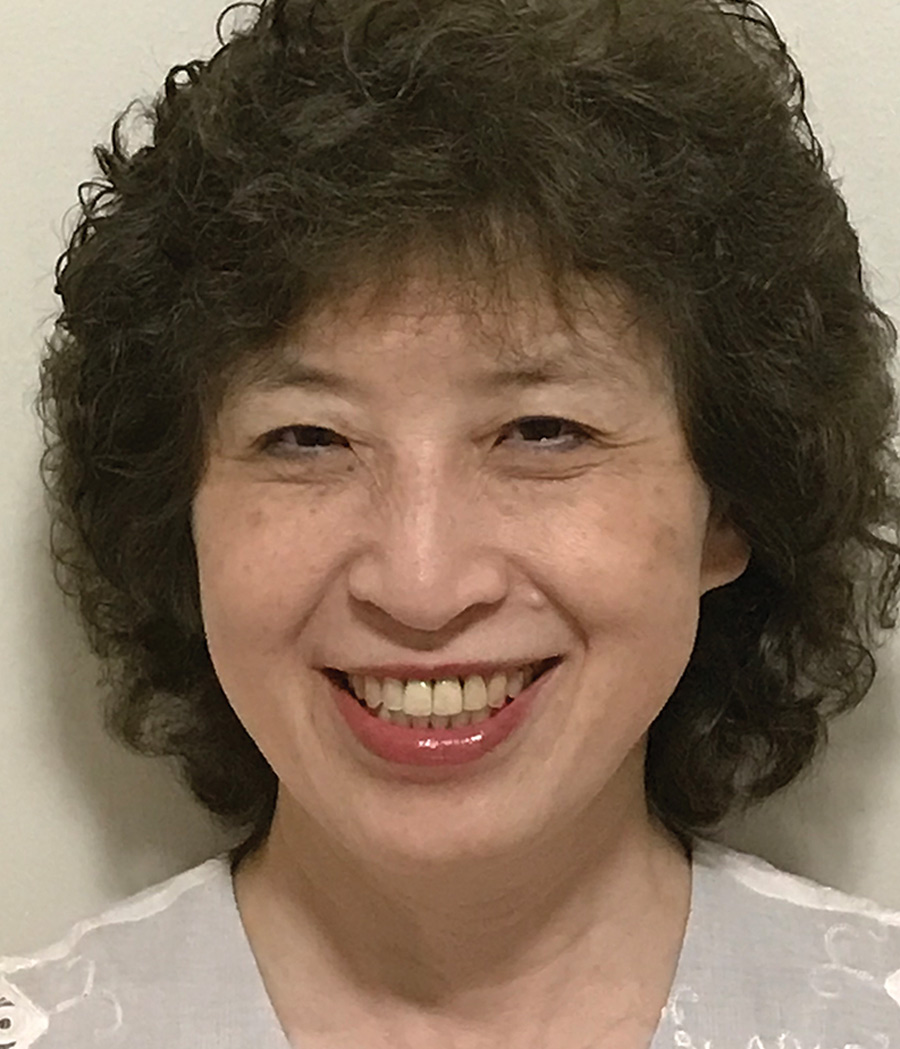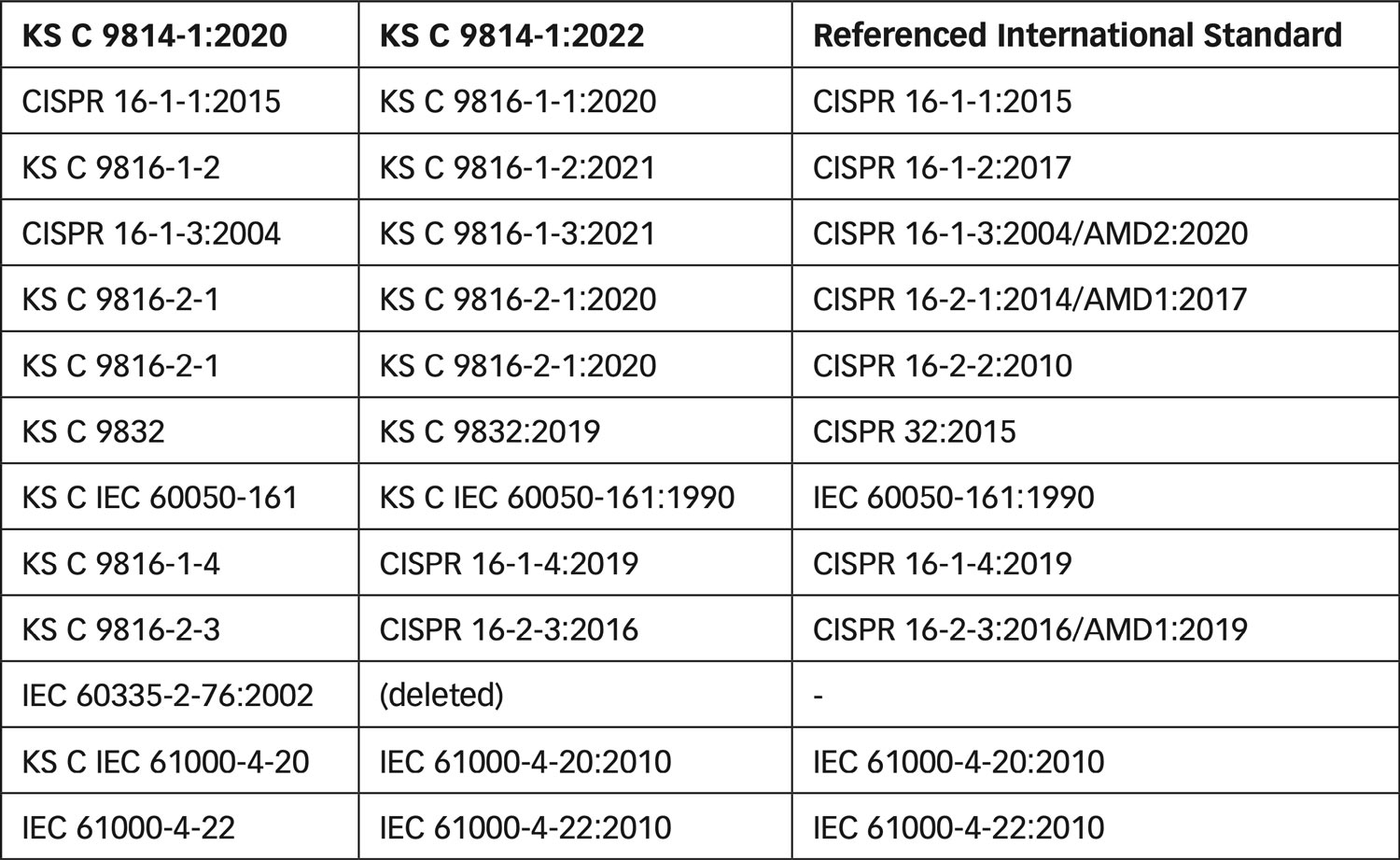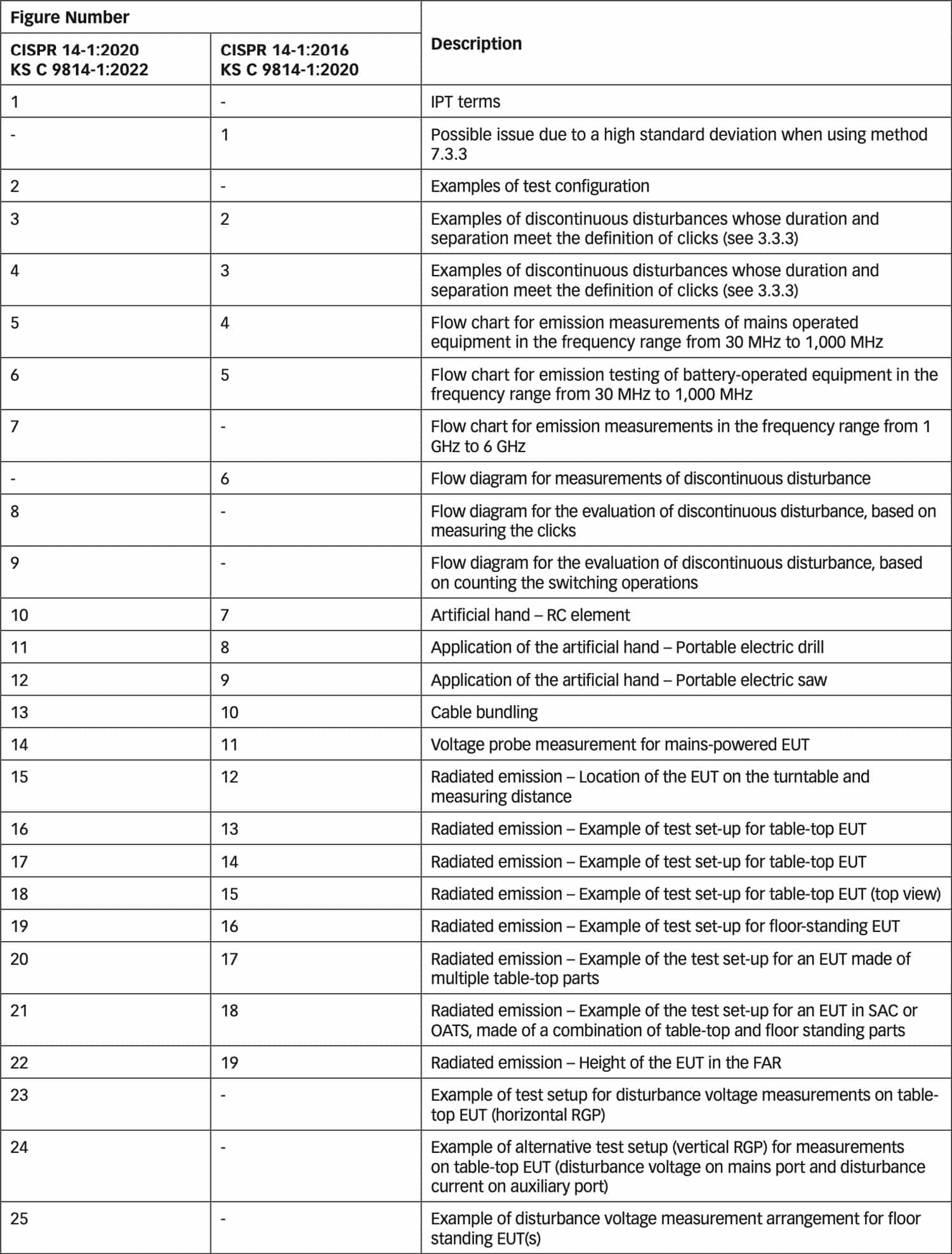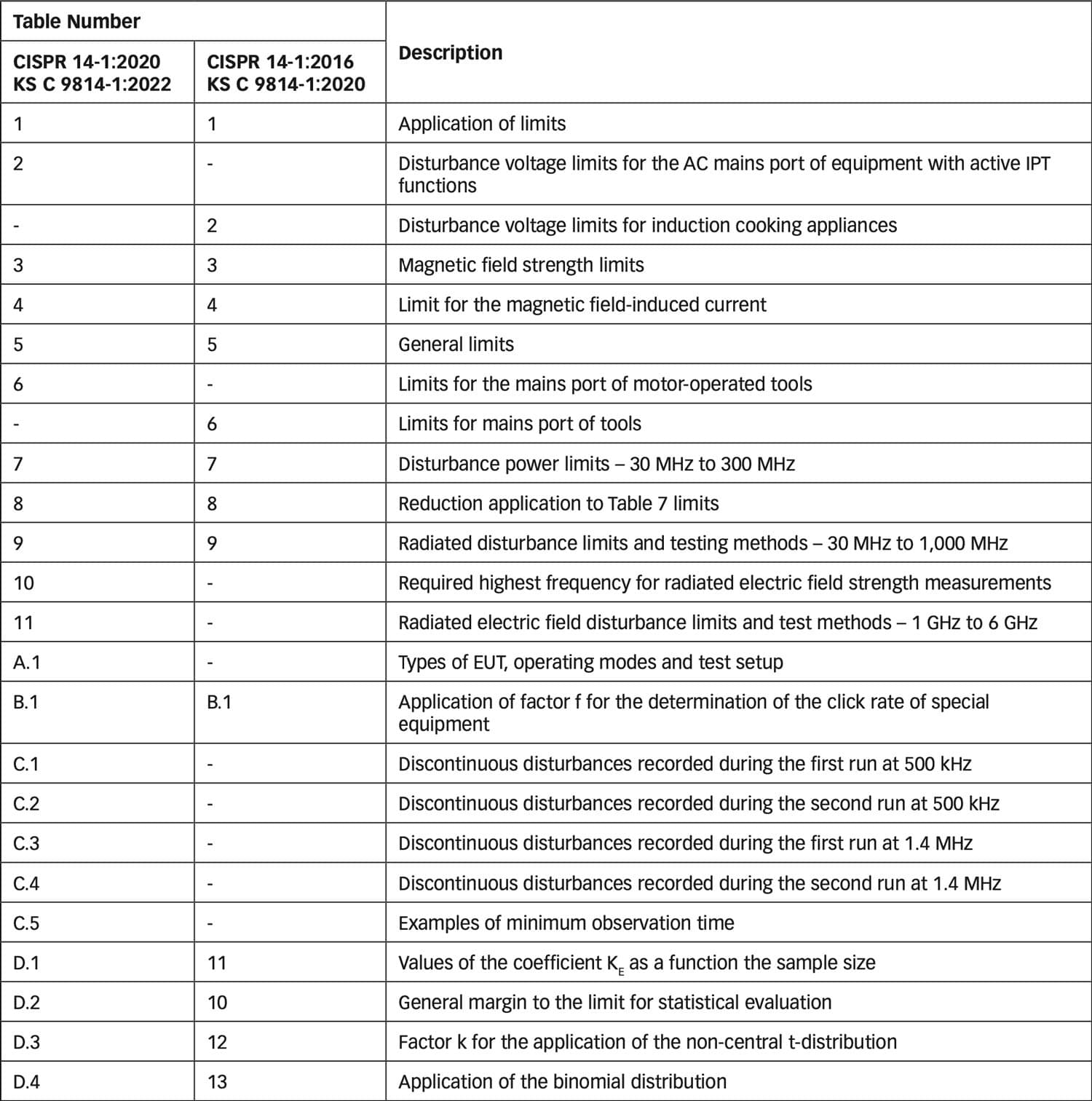
n May 31, 2022, South Korea’s National Radio Research Agency issued Announcement No. 2022-40 stipulating that KS C 9814-1:2022, Electromagnetic compatibility (EMC) — Requirements for household appliances, electric tools and similar apparatus — Part 1: Emission, is the latest edition of South Korean emission product standard for household appliances, electric tools, and similar apparatus. KS C 9814-1:2022 is a modified version of CISPR 14-1:2020 Edition 7.0. Significant changes have been made with respect to the previous edition, KS C 9814-1:2020 (CISPR 14-1:2016). This article addresses emission requirements specified in the KS C 9814-1:2022 standard, focusing on the latest changes and deviations from the CISPR 14-1:2020 standard.
- Air conditioning
- Personal care and beauty care appliances
- Electric fence energizers
- Equipment incorporating radio transmit/receive functions
- Equipment under the scope of this document making use of inductive power transfer (IPT)
Equipment making use of IPT technology is introduced in this edition. Many devices, such as electric toothbrushes, use IPT technology to recharge batteries.
Equipment used only in an industrial environment is excluded from the scope of this standard.
- System under test
- Ancillary equipment
- Associated equipment
- Representative load
- Representative source
- DC powered equipment
- Inductive power transfer (IPT)
- IPT source (IPTS)
- Inductive powering equipment
- Inductive cooking appliance
- IPT client (IPTC)
- IPT equipment (IPTE)
- Radio transmitter
- Radio receiver
The following abbreviations are added to the standard:
- AE—associated equipment
- AuxEq—auxiliary equipment
- EMI—electromagnetic interference
- EUT—equipment under text
- FSOATS—free space open area test site
- IPT—inductive power transfer
- IPTS—inductive power transfer source
- IPTC—inductive power transfer client
- IPTE—inductive power transfer equipment
- RBW—resolution bandwidth
- VBW—video bandwidth
Limits are specified based on the following types of equipment: tools, equipment using IPT, electric fence energizers, toys, and others. All toys are in one category, versus five categories in the previous edition.
Conducted Disturbances
Frequency spectrum of conducted emissions measurement is investigated from 9 kHz to 30 MHz. The frequency range of 9 kHz to 150 kHz applies only to equipment with active IPT functions.
Frequency range of 150 kHz to 30 MHz applies to all equipment. The general limits for the mains ports are identical to the CISPR 32:2019 limits for Class B equipment, except for the average limits in the frequency range of 0.15 to 0.5 MHz (which is 59 dBµV to 46 dBµV).
For the discontinuous disturbances on the mains port, with click rate (N) less than 30, the click limit, in the frequency range of 150 kHz to 30 MHz, is calculated by increasing the relevant quasi-peak limit for the continuous disturbances by 44 dB (for N < 0.2) or 20 lg (30/N) dB (for 0.2 ≤ N < 30).
Frequency spectrum of radiated disturbances measurement is investigated from 30 MHz to 1 GHz, 2 GHz, 5 GHz, or 6 GHz, depending on the highest clock frequency contained in the equipment under test (EUT).
KS C 9814-1 does not specify the fully anechoic room (FAR) testing method for the radiated disturbances measurement. For the frequency range of 30 MHz to 1 GHz, radiated disturbances limits are specified at both 10 m and 3 m measurement distances for both open area test site (OATS) and semi-anechoic chamber (SAC) testing methods. The 3 m measurement distance applies only to the small size equipment.
Radiated disturbances measurement for the frequency range of 1 GHz to 6 GHz is introduced in this edition. Limits are specified at a 3 m measurement distance using the free space open area test site (FSOATS) testing method. An FSOATS is a SAC or an OATS with RF absorbers on the reference ground plane (GRP).
Radiated disturbances limits are identical to the CISPR 32:2019 limits for Class B equipment.
- Clothes irons
- Personal care appliances
- Battery chargers
- Robotic equipment
- Equipment making use of IPT
- Remote controls and timers
- KS C 9814-1:2022, Electromagnetic compatibility (EMC) – Requirements for household appliances, electric tools, and similar apparatus – Part 1: Emission (MOD CISPR 14-1:2020).
https://e-ks.kr/streamdocs/view/sd;streamdocsId=72059240219206861 - KS C 9814-1:2020, Electromagnetic compatibility (EMC) – Requirements for household appliances, electric tools and similar apparatus – Part 1: Emission
(MOD CISPR 14-1:2016).
https://e-ks.kr/streamdocs/view/sd;streamdocsId=72059202823552187 - KS C 9832:2019, Electromagnetic compatibility of multimedia equipment — Emission requirements
(MOD CISPR 32:2015).
https://e-ks.kr/streamdocs/view/sd;streamdocsId=72059198987155269 - CISPR 14-1 2020-09 Edition 7.0, Electromagnetic compatibility – Requirements for household appliances, electric tools, and similar apparatus – Part 1: Emission.
- CISPR 14-1 2016-08 Edition 6.0, Electromagnetic compatibility – Requirements for household appliances, electric tools, and similar apparatus – Part 1: Emission.



